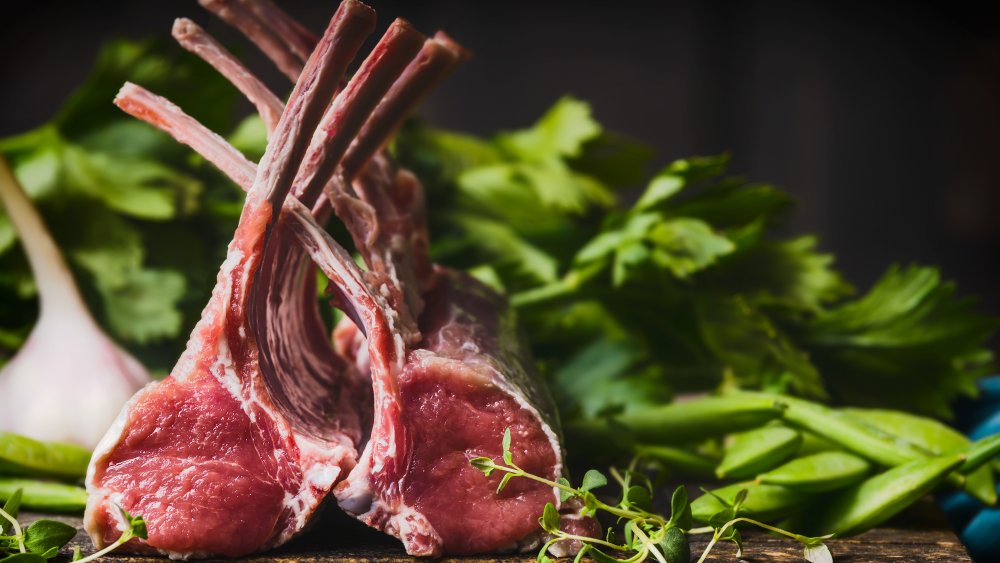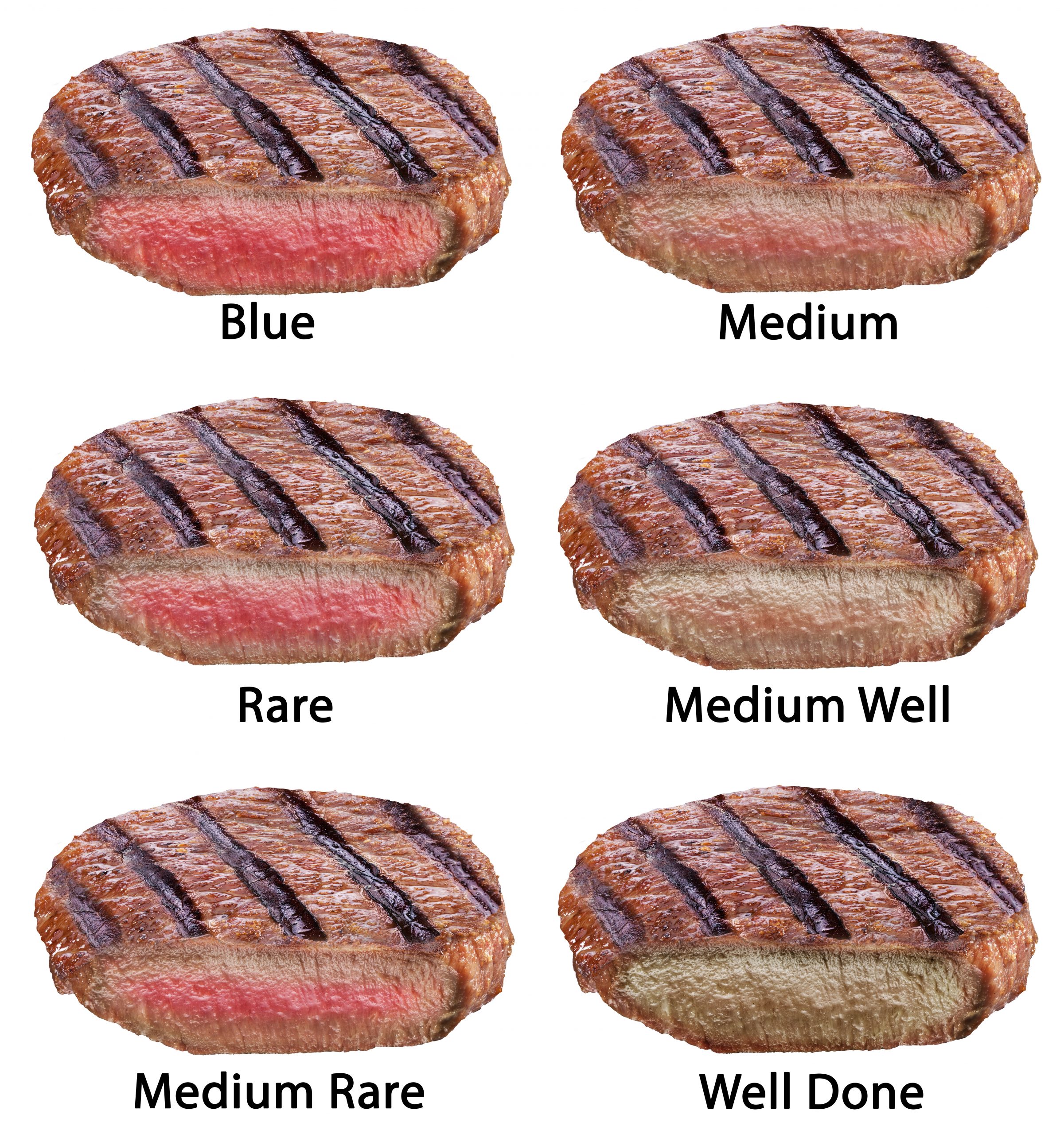Can You Eat Lamb Rare? Know the Risks for Optimal Safety!
– Lamb can be eaten rare if the exterior is cooked and the surface bacteria is killed off
– Use a meat thermometer to check for doneness and aim for an internal temperature of 120-125 degrees Fahrenheit (50 degrees Celsius)
– Let the lamb rest for five minutes after cooking to reach a final internal temperature of 128-130 degrees Fahrenheit
– It is not recommended to eat rare lamb leftovers because they may have bacteria picked up during storage
– Leftover lamb should be reheated to at least medium doneness to reduce the chances of consuming bacteria
– Eating raw lamb is not advisable due to food safety concerns, although some people enjoy lamb tartare
– If making lamb tartare, it is important to use high-quality, previously frozen lamb and ensure cleanliness during preparation
– Common foodborne pathogens associated with undercooked lamb include E. Coli, Salmonella, Staphylococcus aureus, Norovirus, and Campylobacter
– Proper cooking, such as searing the lamb, helps remove bacteria from the outer surface

